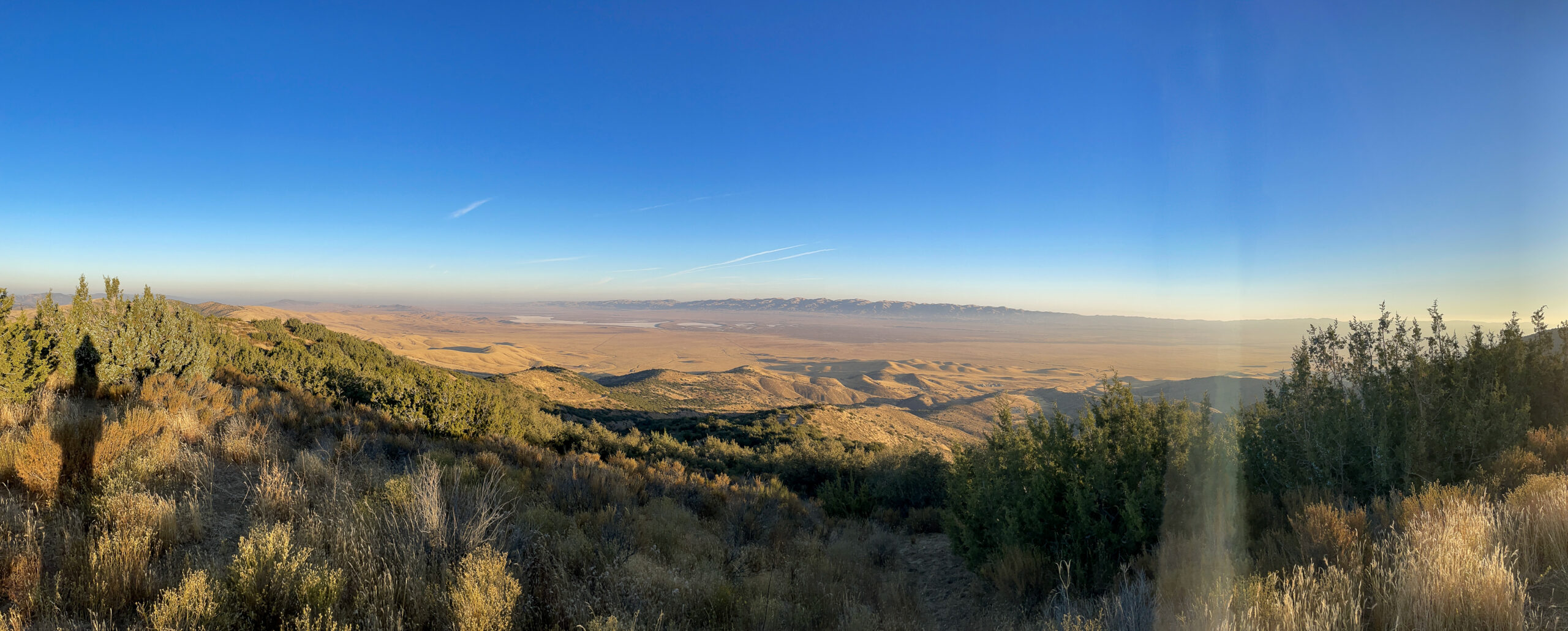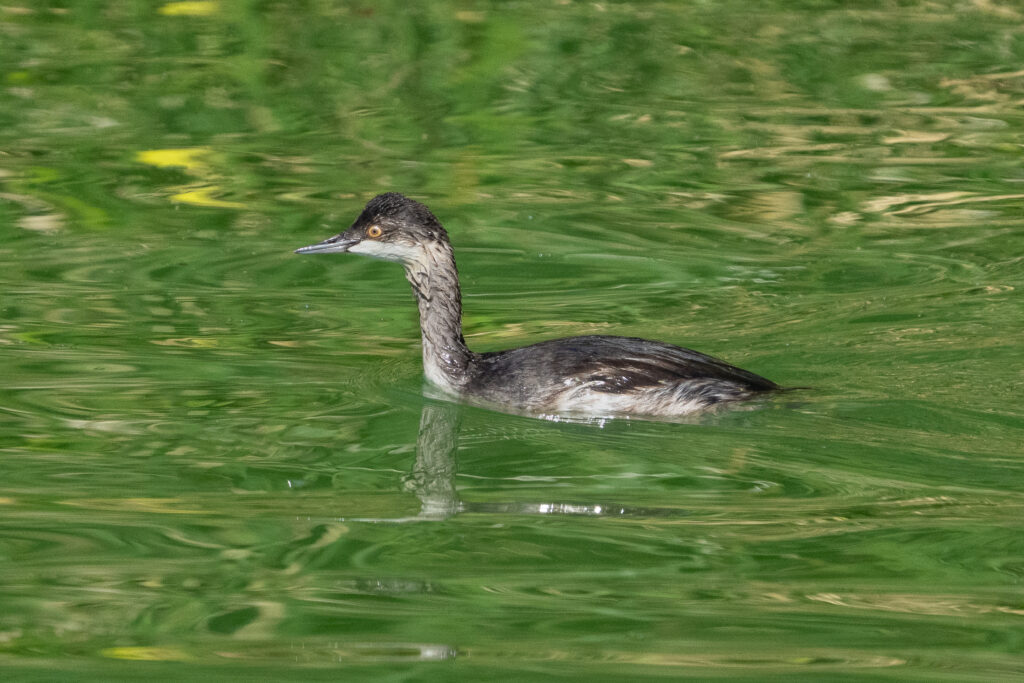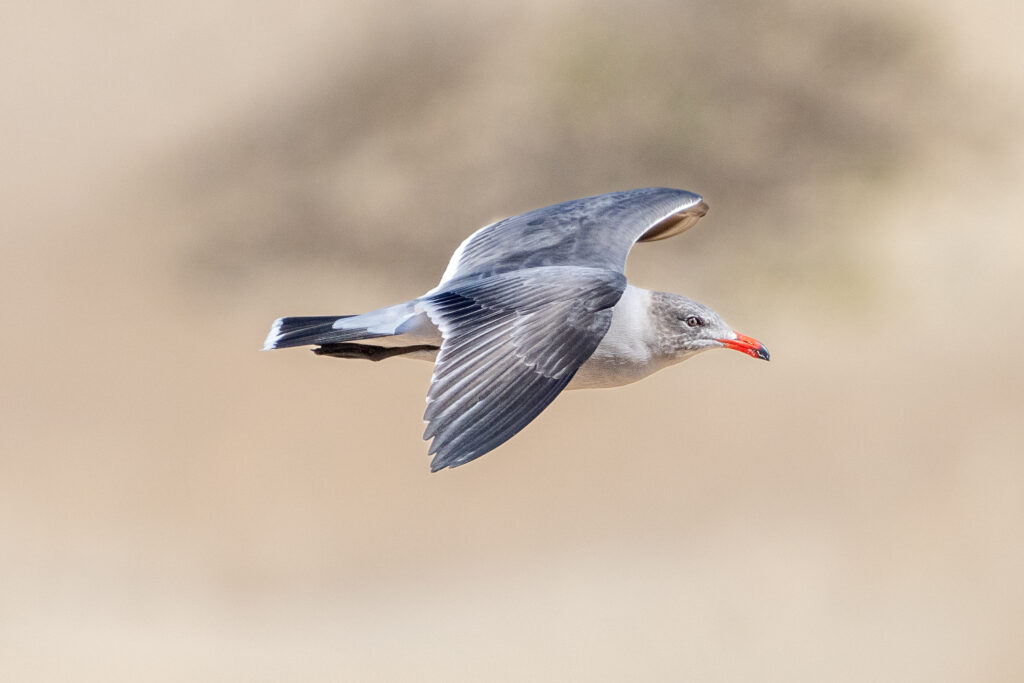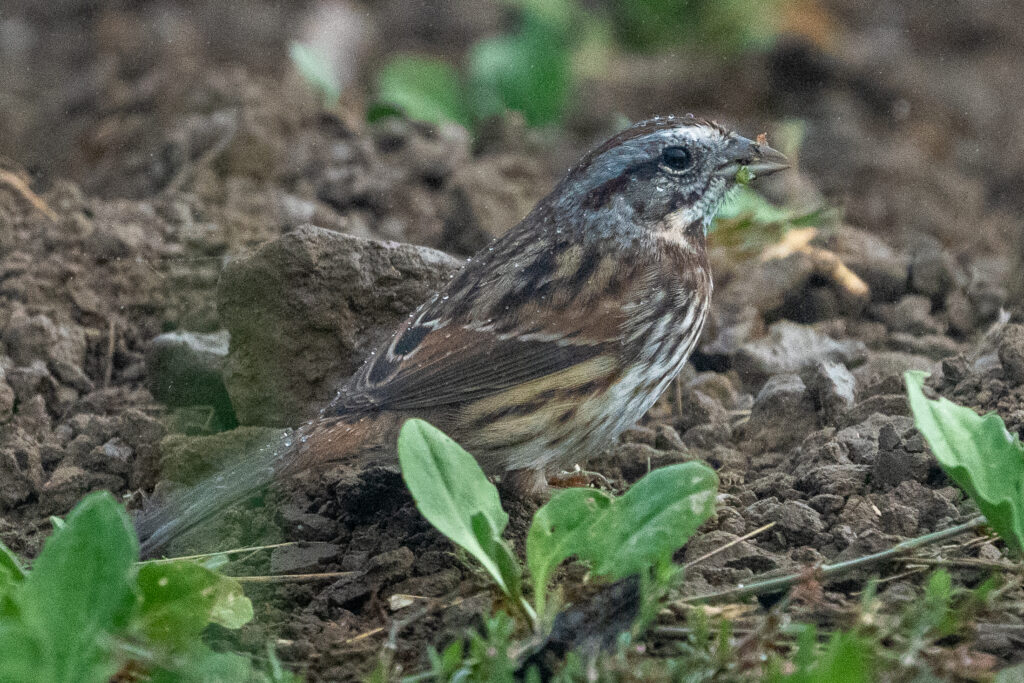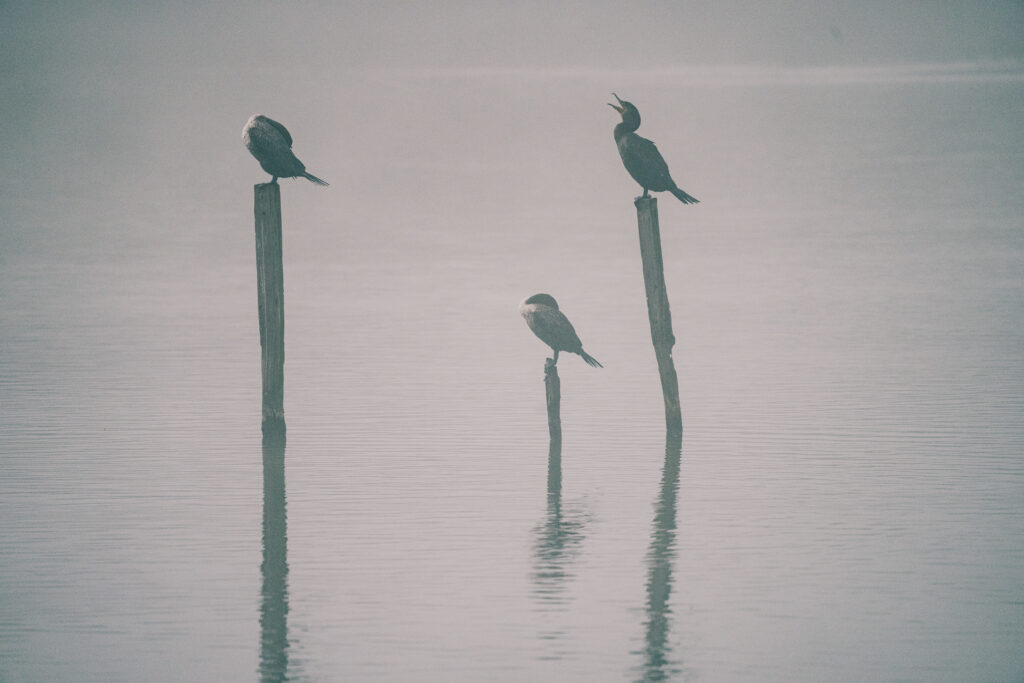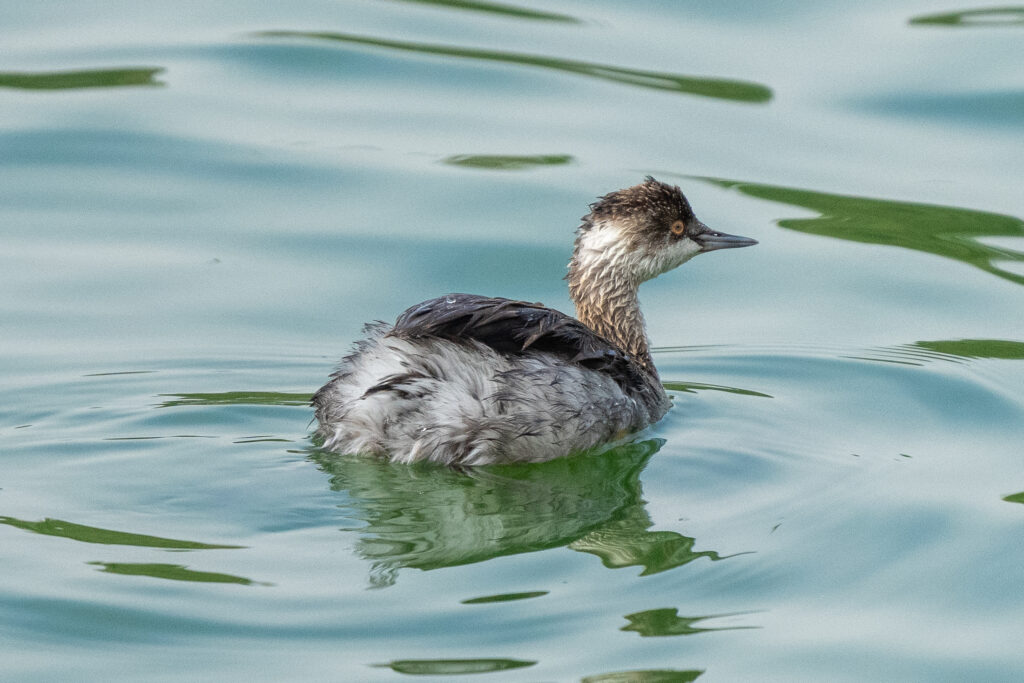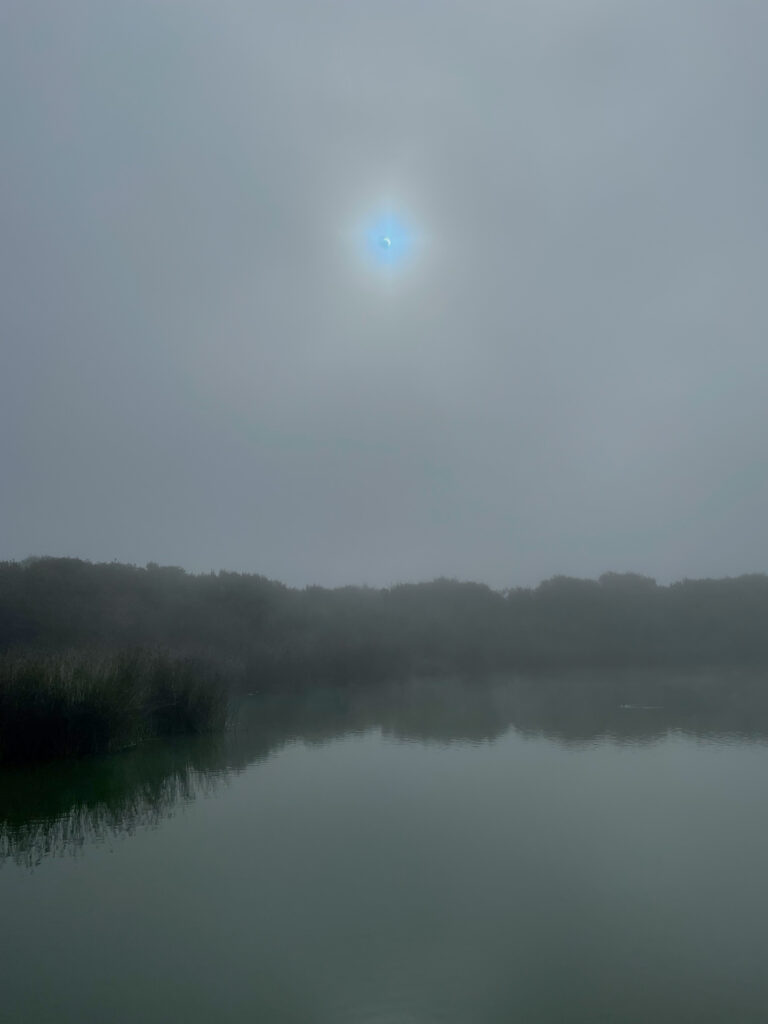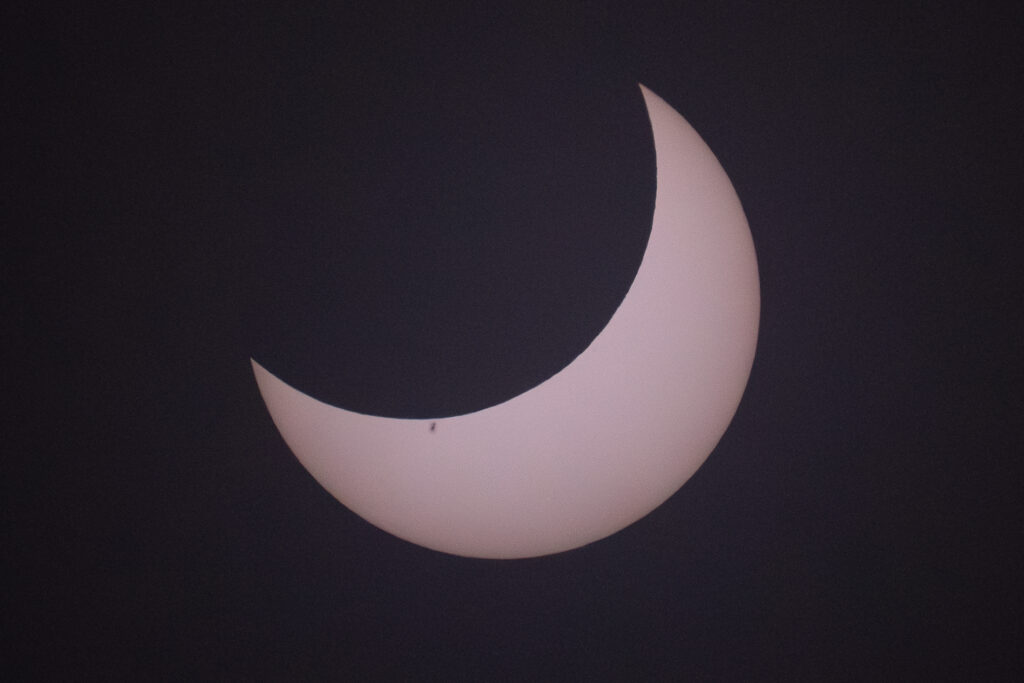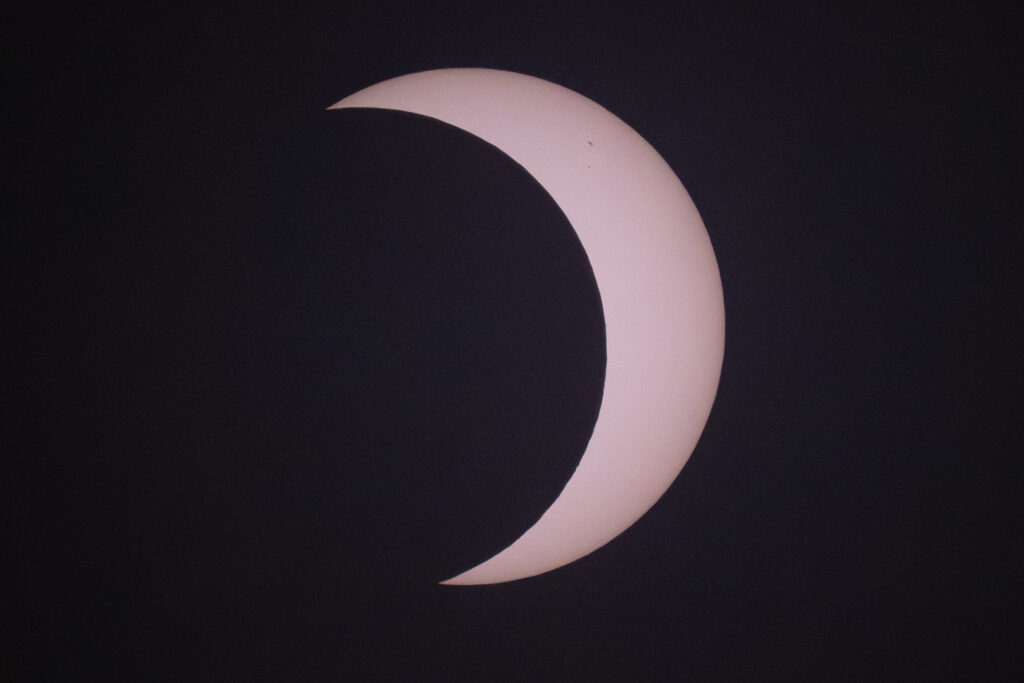There was a partial solar eclipse here on the central coast of California last weekend. I knew it was coming. I’d even practiced for it here in my front yard in Atascadero, far from the danger of coastal morning fog. I’d been trying out various combinations of solar filters (“natural” yellow sun, or Baader-style “clinical” white?), telescopes (the 60mm spotting scope with white-light filter? the 70mm solar scope with h-alpha?), cameras (Nikon, which I know how to use fairly well, or Sony, which I’m still getting used to?), and lenses.
However, just because I’d been planning for it for a while didn’t mean that plans couldn’t change. After all, the global birding big day was the same day, and the Morro Coast Audubon Society had scheduled a daylong field trip to Oso Flaco Lake and beach, the best birding hotspot in the county. What’s more, I had actually won the lottery and landed a spot on the trip!
Yes, that’s right. I had to win the lottery to go on the trip. That’s because the Morro Coast Audubon Society has so many birders that field trip slots are assigned to registered would-be participants on a luck-of-the-draw system. Over the first 8 months of 2023, they had nearly 1500 registered participants for only 800 or so slots! Participation is limited for very good reasons: once a group reaches a certain number, the birding actually gets worse: it’s harder to stick with the leader and hear what they have to say; the chatting among birders can start to drown out the ability to hear bird vocalizations; also, we’re still in a Covid environment.
So, rather than stay at home, where I knew the eclipse would have a high probability of being completely visible, I took the gamble that the field trip’s coastal location wouldn’t completely obscure the eclipse and drove to the other end of the county to go birding. And because I am optimist (although I’m sure that won’t last long), I brought a tripod (which I’d never bring birding unless I was also bringing my spotting scope) and my Baader filter that (just barely) fits on the telephoto of my favorite camera, just in case the eclipse would be visible from the coastal location.
As I drove away from a beautifully sunny Atascadero morning, it looked like things might be all right. Coming down the Cuesta grade into San Luis Obispo, everything was beautifully clear, although I could see some troubling wisps of fog as I continued south through the city. By the time I reached Los Osos, visibility was down to a few hundred feet, and my hopes were down accordingly. But as the freeway climbed back up to get over the hills into Pismo, I could see some clearing taking place; maybe it wouldn’t be that bad?
Well, long story short, on the long road out to the site, the sky was never visible, and when I finally arrived, the parking lot at the trail head was completely socked in. Here is an image taken without a solar filter before the field trip began, right at the beginning of the eclipse:
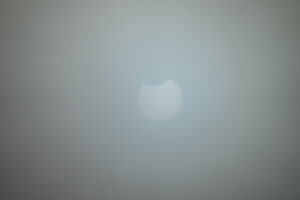
Needless to say, if my only interest were astronomy, I’d have been pretty disappointed in how the day turned out. However, the opportunity to have a big day with some of the best birders in the country doesn’t come around very often (perhaps more often than a solar eclipse, but still…). And so, having tallied nearly 100 species (the group saw and/or heard 96 different species between the lake trail and the beach), I’m prepared to say the day was a great success.
Here’s a small gallery of a few of the birds we saw, and a few of the eclipse that came out well enough to at least remember the occasion:
